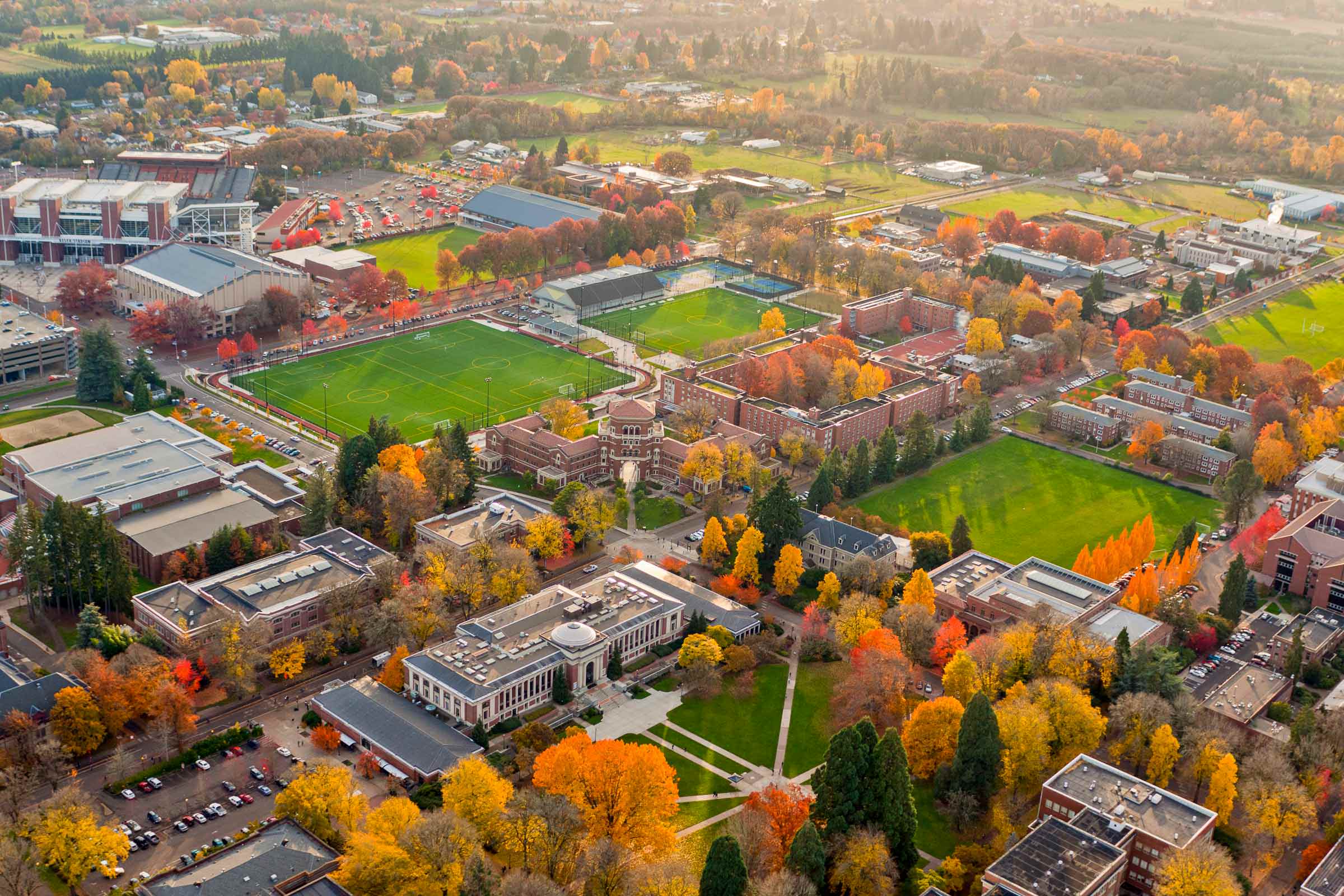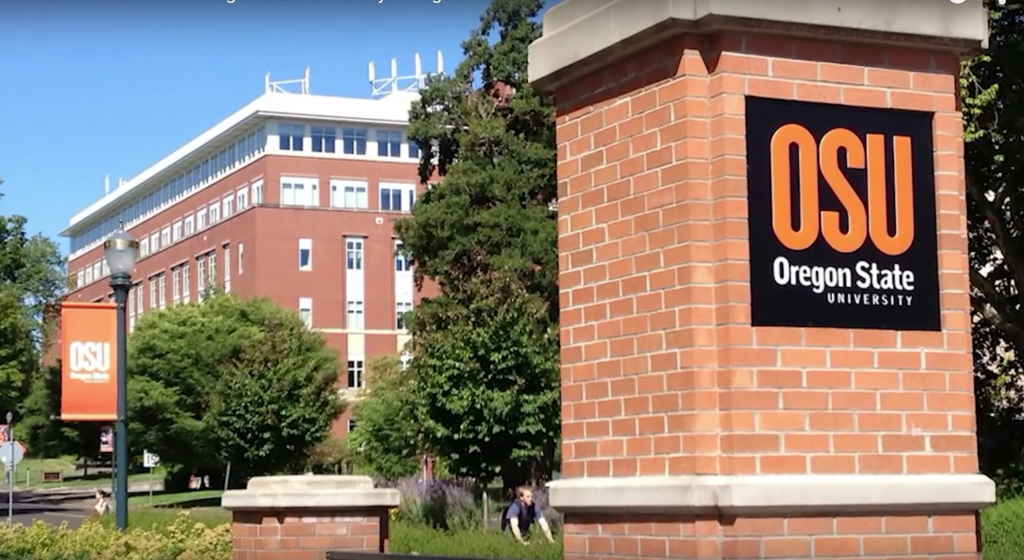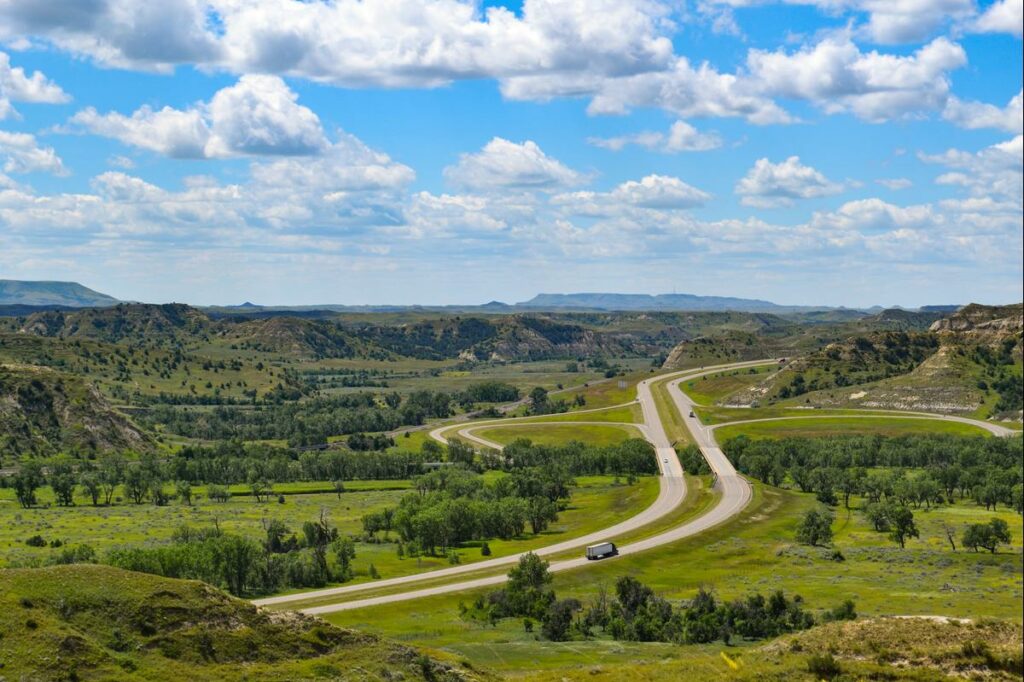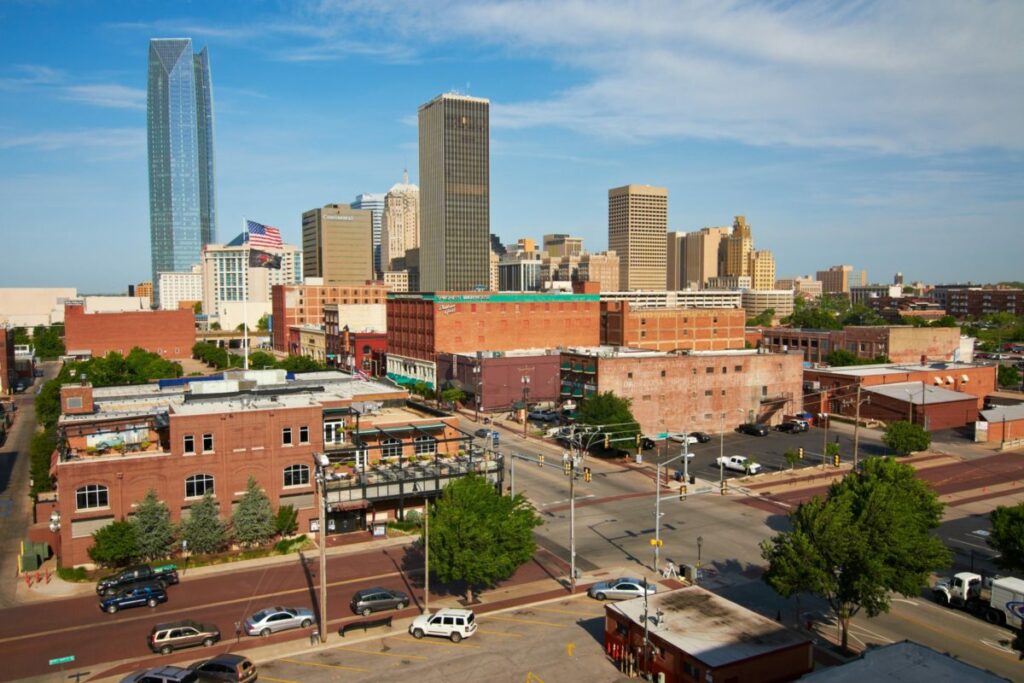About Oregon’s Population
Demographics and Trends
Oregon, located in the Pacific Northwest region of the United States, has a diverse population with various demographics and trends. As of 2020, the estimated population of Oregon is approximately 4.31 million people.
The state’s population growth rate is higher than the national average, with an increase of about 10% over the last decade. This growth can be attributed to various factors, including a strong economy, access to outdoor recreation opportunities, and a high quality of life.
Oregon’s demographics are characterized by:
- Median age: 37.5 years old
- Population density: approximately 43 people per square mile
- Racial and ethnic diversity: 82% White, 9% Hispanic or Latino, 2% Black or African American, 1% Native American, and 5% Asian
- Foreign-born population: about 11%
Oregon’s population trends show a steady increase in the number of people living in urban areas, particularly in the Portland metropolitan area. As of 2020, the Portland-Vancouver-Hillsboro, OR-WA Metropolitan Statistical Area had a population of approximately 2.5 million people.
The age distribution of Oregon’s population is also notable, with:
- 20% of the population under the age of 18
- 65% of the population between the ages of 18 and 64
- 15% of the population aged 65 or older
Oregon’s population is expected to continue growing, with projections indicating an increase of about 20% by 203 This growth will be driven by a combination of natural increase (births minus deaths) and net migration.
The state’s urban areas are expected to continue growing, while rural areas may experience slower population growth or even decline. This trend is consistent with national patterns, where urban areas tend to grow more rapidly than rural areas.
Data from the US Census Bureau indicates that as of 2020, Oregon has a total population of approximately 4.3 million residents.
Oregon’s population is a diverse and growing demographic with a unique cultural identity shaped by its history, geography, and economy.
The state has experienced steady growth over the years, with an estimated total population of approximately 4.3 million residents as of 2020, according to data from the US Census Bureau.
This represents a modest increase from the 2010 census figure of around 3.8 million, and it’s worth noting that Oregon’s population growth rate is slightly above the national average.
The largest cities in Oregon are Portland, Eugene, and Salem, which together account for over 70% of the state’s total population.
Portland, as the largest city, has a population of around 653,000 residents and serves as the economic, cultural, and transportation hub of the region.
The surrounding metropolitan area has a much larger population of approximately 2.5 million people, making it one of the 20 largest metropolitan areas in the United States.
Outside of the urban areas, rural Oregon is home to a mix of small towns, farms, and wilderness areas, with many residents engaged in agricultural, forestry, or tourism-related industries.
Oregon’s population has a unique age structure, with a relatively high percentage of young adults (ages 20-39) compared to the national average.
This is likely due in part to the state’s strong economy and high quality of life, which attract many students, artists, and professionals to the region.
However, Oregon also has an aging population, with a significant proportion of residents over the age of 60, particularly in rural areas where healthcare services may be limited.
Oregon’s racial and ethnic diversity is also notable, with around 12% of the population identifying as Hispanic or Latino, 3.5% African American, and 2% Native American.
The state has a long history of immigration, dating back to the early 20th century when it was a major destination for European settlers, including Germans, Scandinavians, and Japanese Americans.
Today, Oregon’s immigrant communities continue to play an important role in shaping the state’s economy, culture, and politics.
In addition to these demographic trends, it’s also worth noting that Oregon has made significant progress in recent years on various social and economic indicators, including education, healthcare access, and poverty reduction.
The state’s population is projected to continue growing at an average annual rate of 1%, with estimates suggesting a total population of around 5.1 million by 2030 (Source: University of Washington Center for Studies in Demography).
The state’s population is projected to continue growing at an average annual rate of 1% (one percent), with estimates suggesting a total population of around 5.1 million by 2030, according to the University of Washington Center for Studies in Demography.
This growth is expected to be driven by various factors, including natural increase (the difference between births and deaths) and net migration (the movement of people into or out of the state).
It’s worth noting that Oregon’s population growth rate has been relatively stable over the past few decades, with some fluctuations due to economic conditions and other demographic trends.
The projected population growth is expected to have various impacts on the state’s economy, infrastructure, and services, including:
- Increased demand for housing and commercial development
- Rising costs for public services and infrastructure such as schools, healthcare, and transportation
- Changes in the state’s demographic profile, with potential shifts towards a more diverse population
In terms of demographics, Oregon is expected to continue having a relatively high proportion of residents aged 25-44 (twenty-five to forty-four), who are likely to be employed and contributing to the economy.
The state’s population is also expected to become more ethnically diverse, with increased representation from Asian and Hispanic populations.
It’s worth noting that these projections are based on trends observed in the past and may not necessarily reflect future events or changes in government policies.
The University of Washington Center for Studies in Demography has provided detailed demographic projections for Oregon through 2030, which can be accessed by the public.
Socioeconomic Characteristics
Ethnic and Racial Diversity
Oregon’s population is characterized by a diverse range of socioeconomic characteristics, ethnic, and racial backgrounds. This diversity can be broken down into several key areas:
Socioeconomic Characteristics
According to data from the U.S. Census Bureau, Oregon’s population has a mix of low-income and high-income households. In 2020, about 12% of Oregonians lived below the poverty line, while about 9% had incomes above $200,000.
The median household income in Oregon is around $65,000, which is slightly lower than the national average. However, there are significant disparities in household income across different racial and ethnic groups, with for example, Asian and White households having higher median incomes compared to Black or Hispanic/Latino households.
Ethnic Diversity
Oregon’s population is becoming increasingly diverse in terms of ethnicity. As of 2020:
- Non-Hispanic Whites make up around 77% of the state’s population, down from about 83% in 2010.
- Hispanic or Latino individuals comprise about 13% of the state’s population, with the majority being of Mexican origin.
- Asian Americans make up around 4% of Oregon’s population, with significant numbers of Chinese and Vietnamese populations.
- African Americans account for around 2.5% of the state’s population.
Racial Diversity
Oregon’s racial diversity is reflected in its Native American, Pacific Islander, and other racial groups:
- Native Americans make up about 1.4% of Oregon’s population, with many tribes represented, including the Confederated Tribes of the Grand Ronde Community.
- Pacific Islanders account for around 0.5% of the state’s population, mainly due to Samoan and Tongan communities.
Oregon’s population has experienced significant growth over the past few decades, with a notable increase in diversity among its residents. As more people from various racial, ethnic, and socioeconomic backgrounds move to the state, it will continue to become an increasingly complex and diverse society.
Oregon’s population is comprised of diverse ethnic and racial groups, with the largest being nonHispanic whites (83.6%), followed by Hispanic or Latino populations (11.9%) (Source: US Census Bureau).
The socioeconomic characteristics of Oregon’s population reveal a complex and dynamic picture, reflecting the state’s growing diversity and changing demographics.
At the forefront of these characteristics are the Ethnicity and Racial Composition, which play a significant role in shaping the state’s social fabric. Oregon’s population is comprised of diverse ethnic and racial groups, with the largest being nonHispanic whites (83.6%), followed by Hispanic or Latino populations (11.9%) (Source: US Census Bureau).
The high percentage of nonHispanic whites reflects Oregon’s historical roots as a predominantly white state, but this demographic is slowly shifting due to Immigration Patterns and changes in the national landscape.
The Hispanic or Latino population, on the other hand, is a rapidly growing segment within the state. Their 11.9% representation is a testament to Oregon’s attractiveness as a destination for people of Latin American descent, driven by factors like economic opportunities, natural beauty, and cultural diversity.
In addition to ethnic and racial demographics, socioeconomic characteristics also encompass Income Distribution and Poverty Rates. A closer examination reveals that Oregon experiences significant income disparities, with a small segment holding considerable wealth, while others struggle with limited financial resources.
The state’s 5.8% poverty rate (Source: US Census Bureau) highlights the importance of addressing economic inequality and promoting Economic Mobility. This requires implementing policies that foster job growth, increase access to education and healthcare, and provide social safety nets for vulnerable populations.
Furthermore, Oregon’s socioeconomic characteristics are also influenced by its Geographic Distribution, with cities like Portland and Eugene displaying distinct profiles compared to rural areas. Urban residents often have greater access to education, employment, and healthcare services, while rural communities face challenges such as limited job opportunities and reduced access to social services.
Ultimately, understanding Oregon’s socioeconomic characteristics provides valuable insights into the state’s strengths and weaknesses, as well as the complex dynamics driving its development. This knowledge enables policymakers to design effective strategies for addressing pressing issues like income inequality, poverty reduction, and promoting economic growth across all segments of society.
The state has seen significant growth in its Asian American population, which now accounts for around 5% of the total population.
The socioeconomic characteristics of a state’s population can provide valuable insights into the social and economic well-being of its residents. In the context of Oregon, one notable trend is the significant growth in its Asian American population, which now accounts for around 5% of the total population.
Demographically, the Asian American community in Oregon is diverse, with various ethnic groups represented. The largest subgroup within this demographic is Chinese Americans, followed by Filipino Americans and Indian Americans. The state’s Asian American population tends to be younger than the general population, with a higher proportion of residents under the age of 35.
From an economic perspective, Oregon’s Asian Americans tend to have higher levels of education compared to other racial and ethnic groups in the state. They are also more likely to hold bachelor’s degrees or higher, which is reflected in their occupation distribution. Many Asian Americans work as professionals in fields such as healthcare, technology, and finance.
However, socioeconomic disparities persist within the Asian American community in Oregon. Some subgroups face barriers to education, employment, and access to healthcare due to cultural, linguistic, or immigration-related factors. For example, refugee communities may struggle with language access and social integration, making it challenging for them to navigate the state’s healthcare system.
Furthermore, socioeconomic disparities can vary by geographic location within Oregon. Urban areas such as Portland tend to have a higher concentration of Asian American residents, while rural areas have fewer. This can lead to unequal access to resources, services, and opportunities, exacerbating existing disparities.
To address these challenges, policymakers and community leaders must work together to develop targeted initiatives that cater to the specific needs of Oregon’s diverse Asian American population. By promoting language access, cultural competency, and socioeconomic mobility, we can foster a more inclusive and equitable society for all residents.
Economic and Educational Landscape
Employment and Education
The state of Oregon has experienced significant growth in population over the past few decades, with a current estimated total of over 4 million residents.
As the economy and education landscape continues to evolve, employment opportunities are becoming increasingly diverse.
With major industries such as technology, healthcare, forestry, and agriculture contributing to Oregon’s GDP.
The state is also home to numerous higher education institutions, including the University of Oregon, Oregon State University, Portland State University, and more than 20 community colleges.
These educational institutions provide various degree options, from associate degrees in specialized fields like forestry or renewable energy to bachelor’s and master’s degrees in liberal arts, business, engineering, and health sciences.
With a strong focus on hands-on learning and real-world applications, many programs offer co-op opportunities, internships, and research partnerships with local businesses and organizations.
Oregon’s economy is also driven by its growing startup scene, with cities like Portland and Eugene offering resources, support networks, and incubators to help entrepreneurs launch and grow their ventures.
In terms of employment, the state has a relatively low unemployment rate compared to other states in the US.
However, wages and salaries may vary depending on industry, location, and experience level, with some areas like Portland experiencing higher costs of living due to its popularity as a tech hub.
Education plays a crucial role in career development and earning potential, with those holding bachelor’s degrees typically having higher average salaries than those with associate degrees or high school diplomas.
On the other hand, vocational training programs and apprenticeships can provide valuable skills and hands-on experience for careers in areas like trade work, automotive repair, or culinary arts.
In terms of future job growth projections, Oregon is expected to see significant increases in employment opportunities related to clean energy technologies, healthcare services, and digital media and communication.
Oregon’s economy is driven primarily by industries such as technology, healthcare, and manufacturing, with a growing focus on clean energy and sustainability (Source: Oregon Business and Industry).
The state of Oregon has an economic landscape that is diverse and growing, with a strong focus on innovation and sustainability.
Educationally, Oregon’s population benefits from a variety of institutions and initiatives that cater to different needs and interests.
Key Economic Drivers in Oregon
- The technology sector is one of the largest and fastest-growing industries in Oregon, with companies such as Intel, Google, and Amazon having a significant presence in the state (Source: Oregon Business and Industry).
- Healthcare is another major industry in Oregon, providing employment opportunities for thousands of professionals across various sectors, including hospitals, research institutions, and medical device manufacturers.
- The manufacturing sector contributes to the state’s economic growth through companies involved in wood products, metals, machinery, and food processing (Source: Oregon Business and Industry).
Clean Energy and Sustainability Focus
Oregon is taking proactive steps towards a more sustainable future with initiatives aimed at promoting clean energy and reducing greenhouse gas emissions.
- The state has set ambitious renewable portfolio standards (RPS) that require utilities to generate at least 50% of their electricity from eligible renewable sources by 2030 (Source: Oregon Department of Energy).
- Oregon is home to several major clean energy companies, including Vestas and Siemens Gamesa, which contribute to the state’s solar and wind energy production.
Educational Landscape in Oregon
The educational landscape in Oregon provides students with various opportunities to develop skills that align with the state’s economic drivers and sustainability goals.
- Oregon has several institutions of higher education that offer strong programs in science, technology, engineering, and mathematics (STEM), including Portland State University and Oregon State University.
- The state also has a network of community colleges and technical schools offering training programs in healthcare, manufacturing, and renewable energy technologies.
Population and Economic Growth Correlation
A growing population is often correlated with economic growth. Oregon’s population growth may contribute to the state’s expanding economy through increased consumer spending and tax revenue, creating a positive cycle that benefits both residents and businesses (Source: U.S. Census Bureau).
Conclusion
The combination of a diverse economy, innovative spirit, and commitment to sustainability make Oregon an attractive place for individuals, businesses, and families alike.
The state’s higher education system is anchored by prominent institutions like the University of Oregon and Oregon State University, which offer a range of academic programs and research opportunities.
The state’s higher education system plays a crucial role in shaping the economic and educational landscape of Oregon, which boasts a population of around 4 million people.
The University of Oregon and Oregon State University are two prominent institutions that serve as anchors for the state’s higher education system, offering a wide range of academic programs and research opportunities to students from all over the world.
- Research Opportunities: Both universities offer undergraduate and graduate programs in various fields, including arts, humanities, social sciences, natural sciences, and engineering. They also provide ample research opportunities for students to engage in cutting-edge projects under the guidance of experienced faculty members.
The economic benefits of these institutions are multifaceted:
- Job Creation: These universities attract top talent from across the nation, creating a pool of skilled and educated workers that contribute significantly to Oregon’s economy. Moreover, they also create jobs for local residents through various initiatives and partnerships.
The educational landscape in Oregon is also influenced by other institutions, including community colleges and private liberal arts schools:
- Community Colleges: Oregon has several well-established community colleges that provide accessible education to students, particularly those who may not have the means or resources to pursue higher education at four-year universities. These colleges often offer vocational training, certificate programs, and associate’s degrees.
The combination of prominent public research institutions, community colleges, and private liberal arts schools creates a diverse educational landscape that caters to various needs and aspirations of Oregon residents.
- Cities And Towns In Howard County, Arkansas - September 3, 2024
- Cities And Towns In Hot Springs County, Wyoming - September 3, 2024
- Cities And Towns In El Dorado County, California - September 2, 2024









